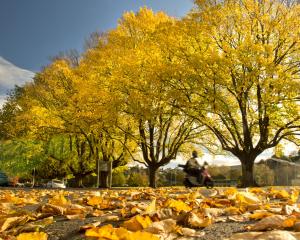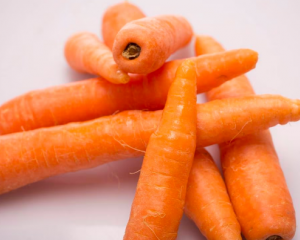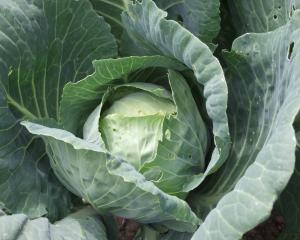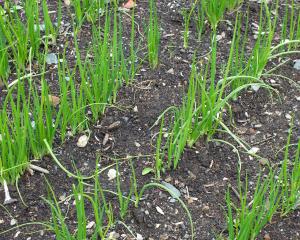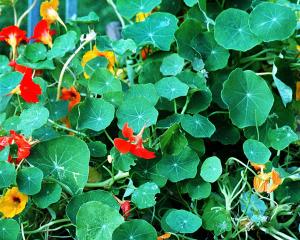Vegetables
Cabbage, cauliflower and silverbeet stalks should be cleared from the ground once plants have been harvested. Left in, they will deplete the soil and make excellent shelter for insect pests such as grey aphids.
Spinach, lettuce and turnips can still be sown, the latter in a warm, sheltered place.
Onions need to be lifted soon. If foliage is still growing, bend over the tops to hasten bulb maturity. If onions are being used, dig those with thick, soft stems first, as they will not keep well.
Cabbage, cauliflower and leek crops need to be kept cultivated and weed-free. Control moth and caterpillar attacks with derris dust. A pesticide spray may be needed to combat grey aphid infestations.
Parsley can still be sown. The hardy herb will stand the winter but seed can be slow to germinate. Soaking in water overnight can help but more important is using fresh seed to ensure good germination. Young parsley plants respond to good soil and plenty of nitrogen.
Silverbeet grows well in cool conditions and in most areas a mid-March sowing still gives time for plants to become established before cold weather stops growth.
Mixing lime (280g per sq m) and a similar quantity of blood and bone will help the crop. Alternatively, apply a good general fertiliser.
Sow silverbeet seed 1cm deep in rows 0.5m apart. Water the ground well if conditions are dry.
Being coastal in origin, silverbeet also responds to some salt in the soil. Place some seaweed 30cm below where the seeds are to be sown, cover with soil, then put in the seeds. It also responds to a plentiful supply of organic material.
Flowers
Carnation layers pegged down in January should be ready for separating from the old plants. Scrape a little soil away and see how rooting is proceeding.
Carnation blooms can be improved if manure is added, 30cm or more below the surface, and carnations also like plenty of lime and bone meal added to the soil. If it is light and sandy, improve it by mixing in rotted turf, straw or garden compost.
When planting rooted carnation layers, set 40cm apart and try not to disturb the ball of young roots. The upper roots should be just below the surface.
Lilies can be planted in rich, well-drained, lime-free soil, giving the bulbs a chance to settle before winter. Lilium regale is easy to grow and less sensitive to soils containing lime.
Most tolerant of lime is the Madonna (Lilium candidum). The other main difference is that Madonna lilies, which have no dormant period, should be planted in a hot, dry spot with a third of the bulb above the soil.
Other lilies need plenty of leaf mould or peat to maintain the acidity in which they thrive.
Most lilies like shade over their roots.
Stem-rooting lilies should be planted 8cm-10cm deep, basal-rooting 15cm or more deep.
Fruit
Loganberries, boysenberries, tayberries and cultivated blackberries need to be pruned after fruiting.
Cut from the base of the plant all canes which have fruited and train young canes in their place. If there are not enough of those to replace the fruit-bearing ones, the plant has been starved.
Mulch with manure or compost, at least half a metre out, around all sides of the stems.
Raspberry bushes can be cleaned up by tying the canes into place, removing all weeds and any suckers that have appeared.
Leave seven or eight newly-grown canes to each plant and remove old ones which bore fruit this season. Mulch.


